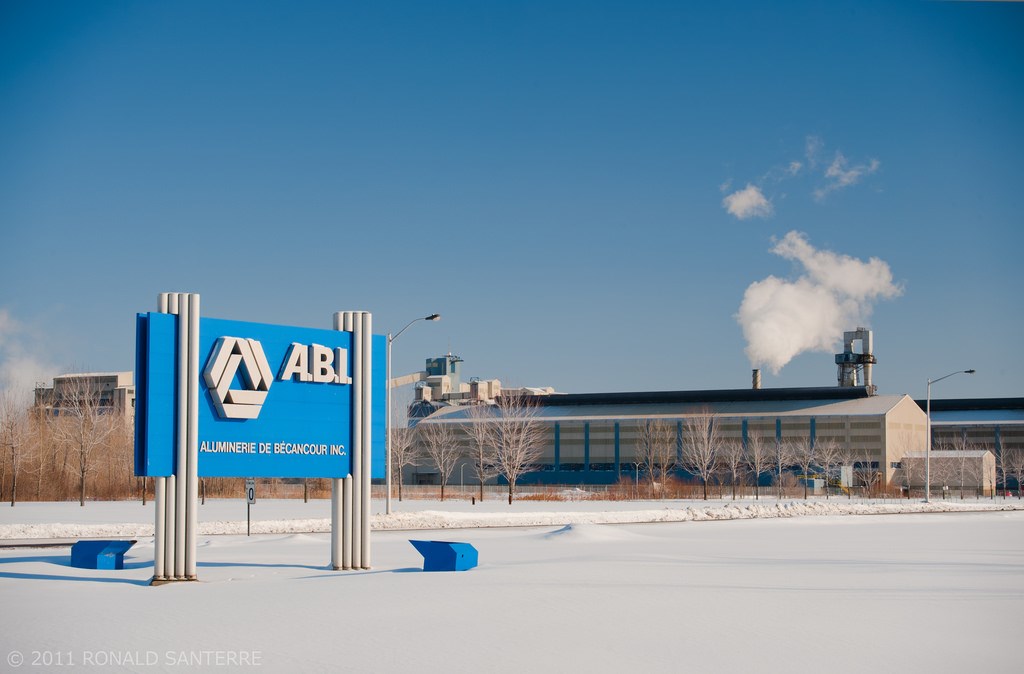

On an operational development, ABI Becancour smelter at Quebec locked out 1,030 unionized employees at around 3 a.m. Thursday. The smelter plans to use non-unionized workers to maintain operations at one of three production lines. The smelter, located halfway between Montreal and Quebec City has the capacity to produce about 430,000 tonnes of aluminium annually. The smelter is 75 per cent owned by Alcoa and 25 per cent by Rio Tinto.

The move came after members of United Steelworkers Local 9700 voted more than 80 per cent to reject the company’s final contract offer. The union disagreed to a company plan to introduce a new member-funded pension plan instead of a defined benefit plan and some issues regarding employee transfers and turnover.
According to Jean Simard, the head of the Canadian Aluminum Association, the lockout came at a critical time for the Canadian industry because of uncertainty over the future of NAFTA and falling U.S. demand due to slowing down of the auto and housing sectors .
“We find ourselves in a very fragile situation,” Jean Simard said Thursday after the lockout at ABI smelter in Becancour, Quebec. Simard talked about the challenging market conditions without getting into the labour issues.
“The annual growth in demand in our key market based on fundamental indicators is also slowing down so it’s not the best of times to have a labour situation like this,” he said in an interview.
The sixth round of NAFTA negotiations will resume later this month in Montreal. Foreign Affairs Ministry is concerned that President Trump might withdraw from the three-way, continental trade pact.
Simard said that Quebec smelters make 90 per cent of Canada’s 3.2 million tonnes of annual aluminium production, 90 per cent of which is exported south of the border. Americans consumed three million tonnes more aluminium last year than the total production in Mexico, Canada and the U.S.
He was concerned that any reduced output would be grabbed by competitors from Russia, the Middle East, China and India.
“We’re competed against on our neighbouring turf by metal that comes from all over the world more and more. So when we pull out of the game the others come in.”
Though the LME benchmark price has seen the highest growth in 2017, it is still below the expected level and unless the demand and selling prices get stronger, producers have to keep costs to the lowest to survive the competition.
Responses








